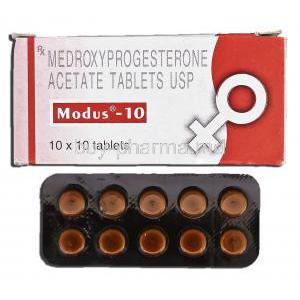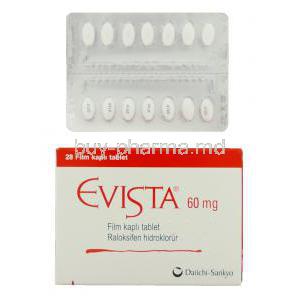Estradiol Gel
- 1. Introduction to Estradiol Gel
- 2. Composition of Estradiol Gel
- 3. Uses of Estradiol Gel
- 4. Off-Label Uses of Estradiol Gel
- 5. How Estradiol Gel Works
- 6. Dosage and Administration
- 7. Side Effects of Estradiol Gel
- 8. Common Side Effects
- 9. Important Precautions
- 10. Warnings and Contraindications
- 11. Special Considerations in Administration
- 12. Interaction with Other Drugs
- 13. Handling and Storage of Estradiol Gel
- 14. Overdose Information
- 15. Handling Precautions
1. Introduction to Estradiol Gel
Estradiol Gel is a hormone therapy applied on the skin to deliver estradiol the estrogen hormone, primarily used by women experiencing menopausal symptoms. This gel ensures an absorption of estrogen into the body, helping to manage symptoms effectively. In hormone replacement therapy (HRT), Estradiol Gel is considered essential for alleviating discomfort and preventing conditions like osteoporosis caused by estrogen deficiency.
Estradiol gel vs patch
Estrogen gel works as well as other hormone replacement therapy options like patches and tablets. Similar to transdermal HRT methods, such as patches and sprays, estrogen gel is not believed to have a higher risk of blood clots. The absorption rate of estradiol from the gel was 61% compared to tablets and 109% compared to patches.
2. Composition of Estradiol Gel
The main component of Estradiol Gel is estradiol, a hormone that mimics the structure of natural estrogen in the body.
In addition to estradiol, the gel contains ingredients like stabilizers, alcohol, and emollients that help maintain its texture, improve skin absorption, and preserve the effectiveness of the hormone.
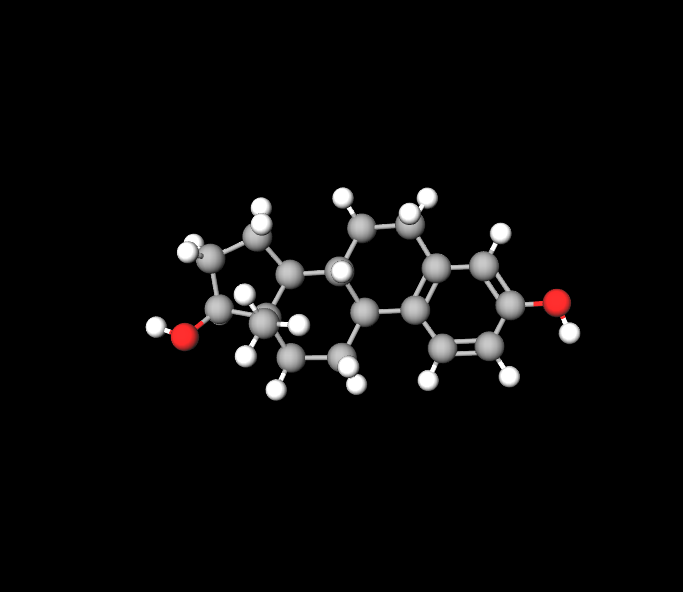
3. Uses of Estradiol Gel
-
Vasomotor Symptoms and Menopause:
- Estradiol gel is indicated for the treatment of moderate to severe vasomotor symptoms due to menopause. These symptoms include hot flashes and night sweats1.
- It can help alleviate discomfort associated with hormonal changes during menopause.
-
Vaginal Changes and Hypoestrogenism:
- Estradiol gel is also used to treat changes in and around the vagina, such as vaginal dryness, itching, and burning, caused by low estrogen levels or menopause2.
- It helps improve vaginal health and comfort.
-
Hormone Therapy for Transgender Women:
- Estradiol gel is incorporated into hormone therapy for transgender women.
- It helps achieve feminization by promoting breast development, body fat redistribution, and other secondary sexual characteristics.
4. Off-Label Uses of Estradiol Gel
Physicians occasionally recommend Estradiol Gel for purposes not officially approved, citing its characteristics. This can involve addressing symptoms of syndrome (PMS) and specific types of acne associated with hormonal fluctuations.
Recent case studies and research have provided evidence supporting the use of Estradiol Gel in these off label applications highlighting the need, for extensive studies to define consistent protocols.
5. How Estradiol Gel Works
The way Estradiol Gel works in regulating hormones involves it passing through the skin, getting absorbed, and entering the bloodstream. Inside, it connects with estrogen receptors found all over the body, triggering therapeutic benefits by restoring hormonal balance. Its effect on estrogen receptors plays a role in influencing biological processes, such as controlling gene activity and adjusting neurotransmitter systems related to temperature control and emotional stability.
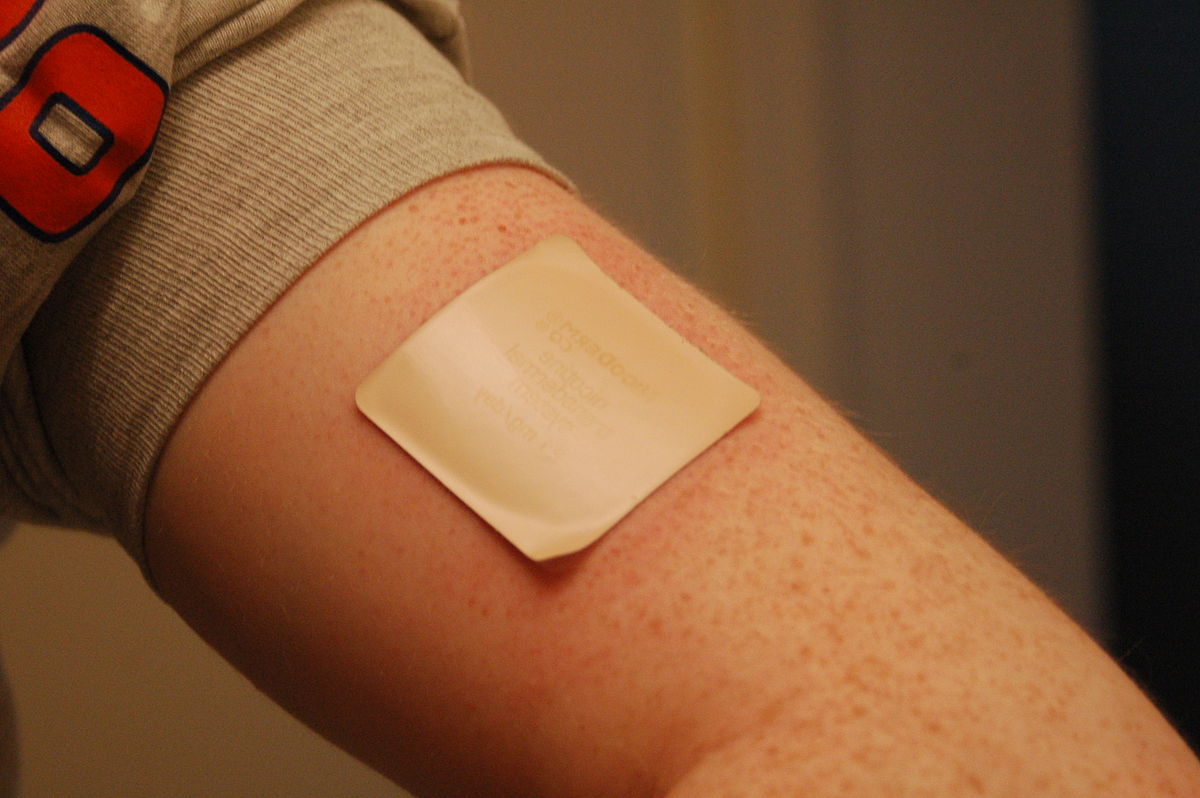
6. Dosage and Administration
Recommended Dosage Guidelines: The usual routine includes applying an amount of gel to dry, clean skin on the arms or abdomen every day to maintain a steady hormonal balance.
Best Practices for Application: To maximize absorption, it is suggested to apply the gel to areas with less hair and avoid contact with water for about two hours after application.
Estradiol gel how to apply
- Spread the gel thinly without rubbing it in.
- Remember to wash your hands with soap and water after applying the gel.
- Let the gel dry for 5 minutes before getting dressed.
Where to apply estradiol gel
- Apply a layer of the gel across your arm from the wrist to the shoulder, both inside and outside.
- Avoid putting EstroGel on your breasts or near your vagina.
- Refrain from massaging or rubbing in the gel; let it dry for 5 minutes before dressing up.
7. Side Effects of Estradiol Gel
Summary of Potential Negative Responses: Although typically well received, specific individuals might encounter skin discomfort where the product is applied in addition to impacts like headaches, sensitivity in the chest area, or digestive issues.
Dealing with and Minimizing Adverse Effects: It is vital to follow the recommended doses and talk about any reactions with a medical professional who could modify the course of treatment or propose ways to alleviate symptoms.
8. Common Side Effects
Common Responses and How Often They Happen; It's common for Estradiol Gel users to experience skin irritation, redness and itching at the application site.
Other possible effects like headaches, breast tenderness and mood swings can also. Their frequency varies depending on the individual's sensitivity and dosage.
When compared to estrogen options Estradiol Gel is known to cause fewer stomach related issues since its applied topically. However skin reactions might be more likely with gels than, with patches or pills.
9. Important Precautions
Taking into account the patient demographics is crucial when determining dosages considering factors such as age, overall health, and hormonal requirements.
Special care is necessary when prescribing Estradiol Gel to individuals who have a history of hormone-related cancers or blood clotting issues.
When it comes to prolonged use of Estradiol Gel, there is a likelihood of facing risks like cardiovascular conditions, stroke, and breast cancer. Having checkups and discussions with healthcare professionals is important to manage these potential risks effectively.
10. Warnings and Contraindications
Certain health conditions may prevent the use of Estradiol Gel, including vaginal bleeding, liver issues, or a history of estrogen-sensitive cancers. It is also not suitable for individuals with a history of blood clots.
Estradiol Gel may interact with medications, like thyroid hormones, anticoagulants, and certain antihypertensives, potentially changing how they work.
Patients should inform their healthcare provider about all medications to prevent any harmful interactions.
11. Special Considerations in Administration
- When giving Estradiol Gel to individuals, it's crucial to adjust the dosage and keep a close eye on them because they are more sensitive to the overall effects of hormones.
- For women and nursing mothers, its usually not recommended to use Estradiol Gel during pregnancy and breastfeeding as it could pose risks to the baby.
- When it comes to children, using Estradiol Gel in patients requires careful consideration and adherence to specific protocols for safety and efficacy.
12. Interaction with Other Drugs
Interactions Between Different Medications: Estradiol Gel has the potential to change how other drugs are processed in the body by affecting liver enzymes. This can result in weaker effects when taken together with other medications.
Preventing Negative Interactions: It is recommended that patients refrain from using therapies simultaneously unless instructed otherwise by a healthcare professional.
Additionally, consulting healthcare providers regarding over-the-counter medications and herbal supplements is advised to avoid any interactions.
13. Handling and Storage of Estradiol Gel
- To keep Estradiol Gel effective, store it in a dry place at room temperature and away from sunlight. When it comes to disposing of the gel make sure to follow the recommended guidelines to protect the environment.
- You can find disposal instructions on the product packaging. Ask your pharmacy for guidance.
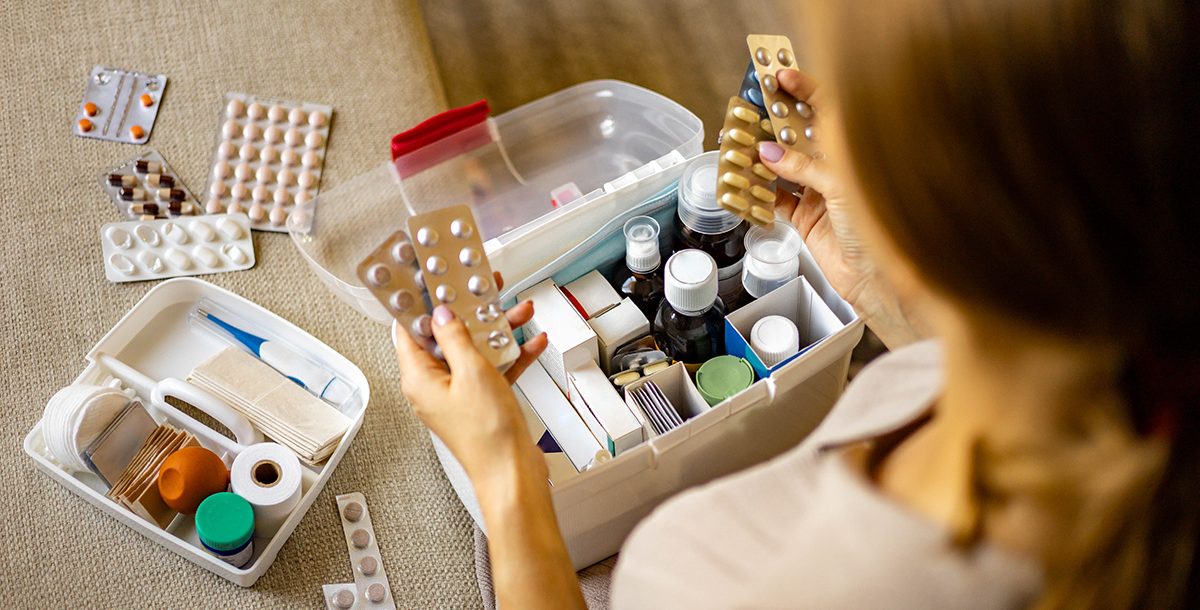
14. Overdose Information
- Signs of Taking Much and What to Do Away: Signs of taking an excessive amount may involve feeling very nauseous, throwing up, and experiencing a severe headache. It's important to get help immediately to address these signs and avoid any additional issues.
- Dealing with the Aftermath of Overdosing: Managing the effects in the run includes keeping an eye out for possible hormonal imbalances or overall reactions in the body and making changes to the dosage as needed to prevent a repeat incident.
15. Handling Precautions
When using the gel, remember to dry your hands before applying it. Spread a layer over a wide area of skin for better absorption and to reduce any chances of skin irritation. To prevent exposure, refrain from touching others, especially children and pets, right after applying the gel. In case of contact, make sure to wash the exposed area thoroughly with soap and water.































